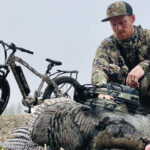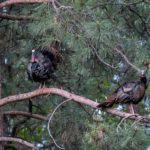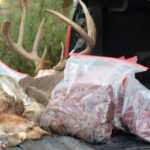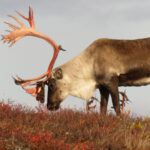Most any hunter will tell you, trail cameras are for deer hunters. Yes, they can be used for other species, but deer seem to get all the glory when it comes to images captured on the trail cam. However, most hunters fail to capitalize on the opportunity to maximize their turkey scouting efforts with a trail camera.
Below we’ll take a closer look at how to use trail cameras for turkey hunting this season.
Food Sources
Hanging a trail camera around potential food sources is a great way to take inventory of the turkey numbers on the property you hunt. Ag fields and food plots are hotspots that turkeys will spend a considerable amount of time in each day as they feed and strut.
The trail camera will help you narrow down what part of the field they typically enter and exit, as well as where they prefer to loaf around and strut. Field turkeys can be a hunter’s nemesis, seemingly becoming untouchable as they work around a wide open field throughout the day. But if you know when and where they prefer to enter and exit, you can make your move accordingly. The trail cam is worth its weight in gold for delivering this type of intel.
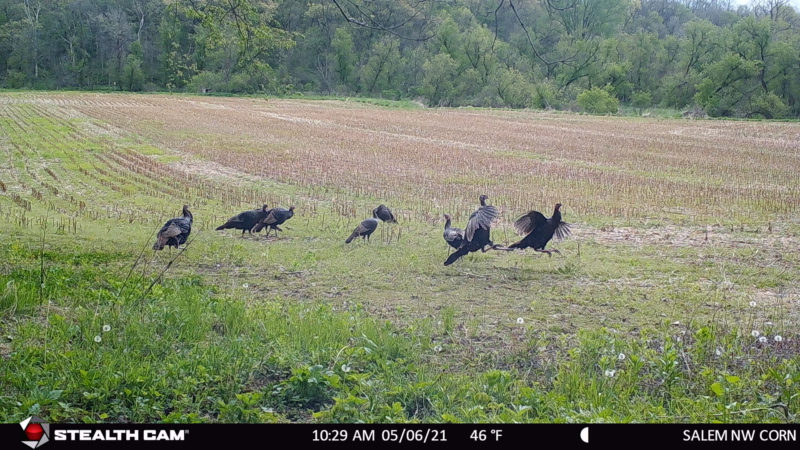
Waterholes
Depending on where you hunt, and the conditions found there, a waterhole may be one of the first stops a turkey will make after flydown. Dryer conditions will find turkeys frequenting waterholes more often throughout the day. These spots can be a great place to get the drop on a bird early, as well as up in the day when located in a cool, shady hangout.
Waterholes for turkeys come in all types. Birds have been caught sippin’ from small ponds, mudholes, or stock tanks in a pasture. The key is to find the holes that birds continue to use on a regular basis. The trail camera will help you narrow down these preferred watering locations.
Timber Strut Zones
What’s a strut zone, and why does it matter for turkey hunters?
The strut zone is just that – a specific area or “zone” that a gobbler will visit on a regular basis to strut his stuff. When you figure out a strut zone in the timber, your odds for success will quickly go through the roof.
Strut zones can be found on a ridge, or other elevated terrain feature. It may be a small opening in the timber that offers maximum visibility. It’s a place for a gobbler to be seen as he struts back and forth for the ladies.
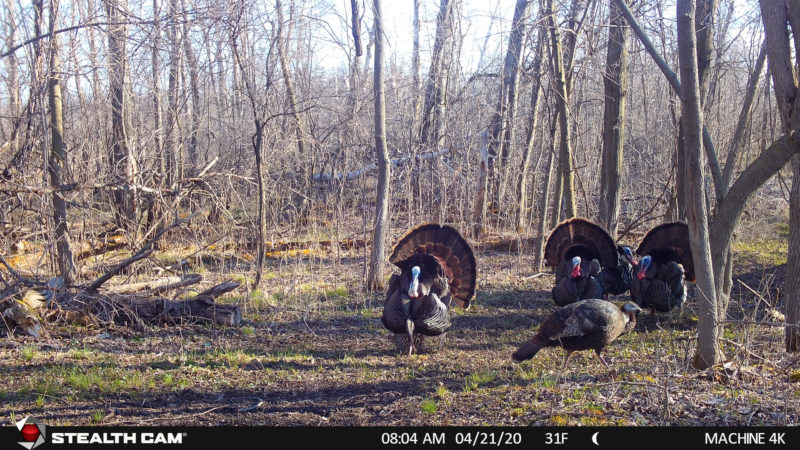
You may, or may not, know these locations when you see them. Turkey hunters will often say, “That looks like a good spot for a turkey to strut.” And it very well may be. But it may be more subtle than that.
You’ll typically find these locations when hunting and seeing a routine pattern develop with a strutting bird that won’t budge. He’s likely in a strut zone. Use a trail camera in these locations to confirm your hunch.
Roost Sites
The turkey hunting game starts each day at the roost tree. Know where a gobbler roosts each night and you’ll be ahead of the pack when it comes to narrowing things down to start your hunt. No, roosted does not mean, roasted. But it’ll be in your favor to know where your bird sleeps at night.
Once you know the roost, you can quickly begin to put the pieces together on how the flock makes its move each day. You can learn where they prefer to fly down in the morning, as well as where they typically fly up from in the afternoon.
The deadliest turkey hunters in the woods know where to find a turkey on the roost, but more importantly, where they’re headed next.
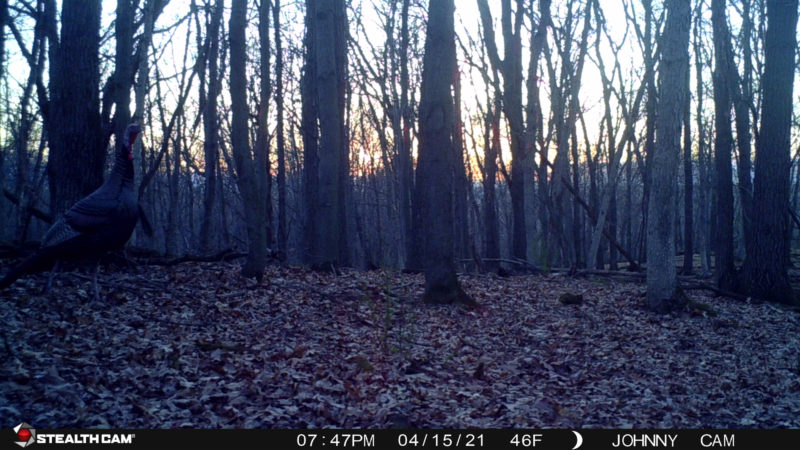
Don’t miss out on the opportunity to tip the odds for success in your favor this spring by using trail cams for turkeys. You’ll learn more and be better prepared to make your next move when you cash in on the intel gathered from a trail camera. Give it a try, and you’ll quickly see that a trail camera can lead to more notched turkey tags this season.

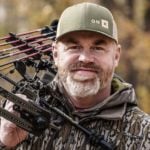 By
By 